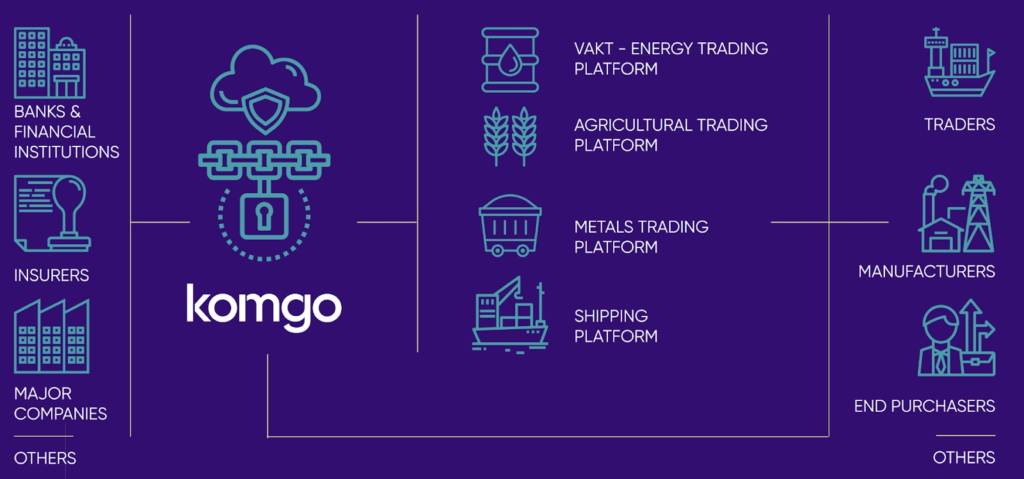Listen to this podcast on Spotify, Apple Podcasts, Podbean, Podtail, ListenNotes, TuneIn, PodChaser
Season 1, Episode 10
Host: Deepesh Patel, Editor, Trade Finance Global
Featuring: Souleïma Baddi, CEO, komgo
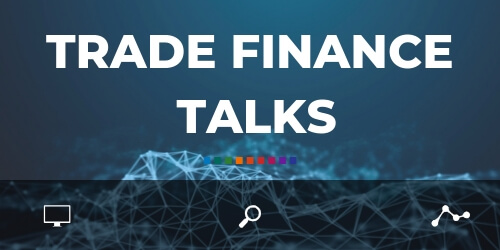
Riding the blockchain wave – komgo unchained | CEO Interview – Souleïma Baddi
Deepesh Patel: I’m Deepesh Patel, Editor at Trade Finance Global.
Commodities have always been very difficult and complex products to finance. They’re typically low margin, high volume goods, they’re frequently traded cross border. And structured commodity finance is a whole new playing field versus vanilla trade and receivables finance. So, can DLT promise increased margins profitability, trust and better traceability of trade flows? We’ll be finding out shortly.
In the commodity finance marketplace today, there are two major DLT networks operating in the commodity space, komgo and VAKT. komgo is a live commodity trade finance digitization to built on the Quorum on blockchain infrastructure. Through the komgo network, banks, traders and all other participants are able to transact have the same secure software. This simplifies and secures the process and brings a level of scalability that was previously not possible.
So, without further ado, here is Souleïma Baddi, joining us live from Geneva. Hi Souleima, thank you so much for joining us on today’s podcast!
Souleïma Baddi: Hi Deepesh, hi everyone!
DP: So elevator pitch: in no more than 30 seconds, tell us a bit about yourself and komgo?
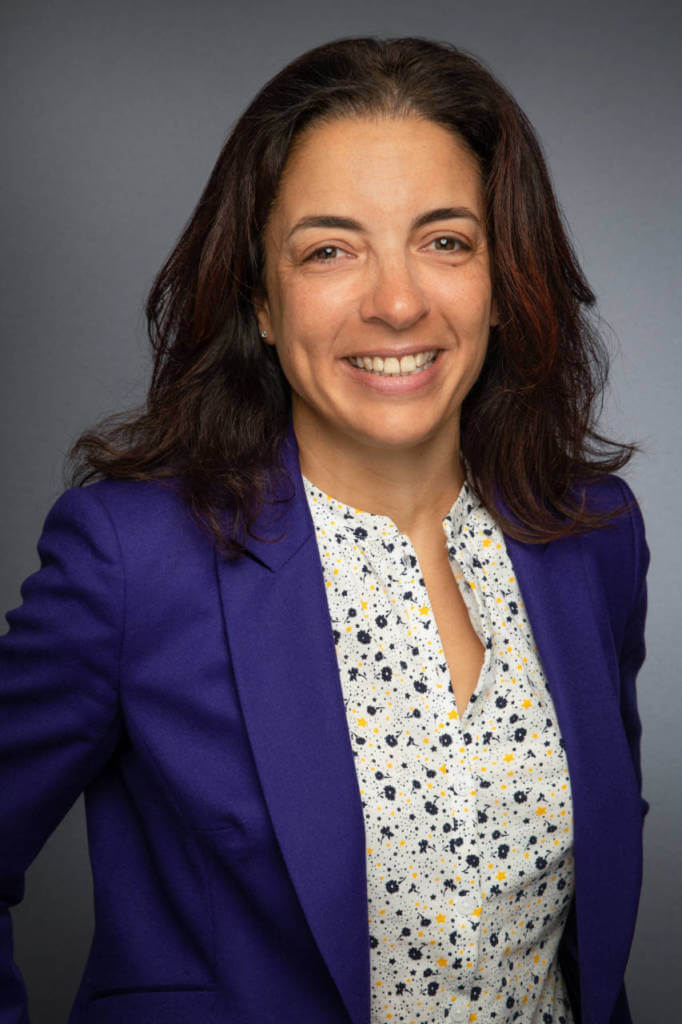
SSB: My background is 18 years of banking at Société Générale, including 10 years in the trade and commodity finance space, where I launched the SocGen Geneva office, started testing DLT and applied it to commodities approximately two years ago. So, Komgo is at the production live stage of this digital journey. It is the first live enterprise grade blockchain network in the financing commodity industry.
DP: Why commodities?
SB: Well, when it comes to blockchain and creating a successful network, you need to be able to gather the users around a limited scope and a limited use case. And here we are trying to solve the pain points of an industry. Because we want to bring added value to our network users as fast as possible, we think it’s more important for them to have us focus on the commodity industry, which is already a very big one, by the way; it represents 25% of global trade flows. The objective here is really to be able to answer very specific pain points and bring added value to the CF space as soon as possible.

The digitisation of commodity trade finance
DP: Wow, 25% of global trade flows. So how exactly is Komgo digitising, using DLT for commodity trade finance flows?
SB: With Komgo today, you have two things: you have a blockchain network, so a live network with validators who allow all the users of it to have the same status of the documents; the data, and to exchange them in a private and secure way. The beauty of this network is that you know who has done what to you, and you know that the document has not been changed because the hashes are matched. It brings huge mitigation to the fraud risk that this industry faces every day.
The secondary value of Komgo today is to digitise the trade and commodity finance flows, short term and standby letters of credit, receivables discounting, credit insurance, and eventually financing. We’re building all of those products and releasing them over the course of this year. And we will have this basic kit that will allow the users to finance any kind of transaction by the end of 2019.
Easy Trading Connect
DP: Thanks Souleïma. And just for our readers, and I guess this perhaps was a little bit more legacy and something that happened in the last few years, what is Easy Trading Connect?
SB: Easy Trading Connect is the beginning of our digital journey. It was the first proof of concept we did at the time I was with Société Générale, with ING and Mercuria – we digitised the first crude oil deal between Africa and China. So this was Easy Trading Connect One and Easy Trading Connect Two was our second proof of concept, done with agricultural commodities. These two experiments have played a major role in the decision to move to the production stage.
DP: Okay, understood. What’s the difference between Quorum which is built on the standard Ethereum protocol layer and Corda, and also Hyperledger fabric?
SB: Before choosing Ethereum, we did an in-depth analysis of the three existing blockchain technologies, and we have chosen Ethereum because we consider it as one of the most experienced blockchain technologies in the world. Quorum allows us to manage privacy by design, which we validated during Easy Trading Connect. So, we think that with Quorum, we have the first stepping stone for the open technology, as described in the Enterprise Security Alliance open standards, that was specifically designed for enterprise grade Ethereum appliances. We chose it because it’s capable of supporting public and private networks, as well as hybrid blockchain configurations for use cases and applications across every industry, and also because it is backed today by the largest and most established blockchain ecosystems. So these are the reasons that made us choose Ethereum amongst the other technologies.
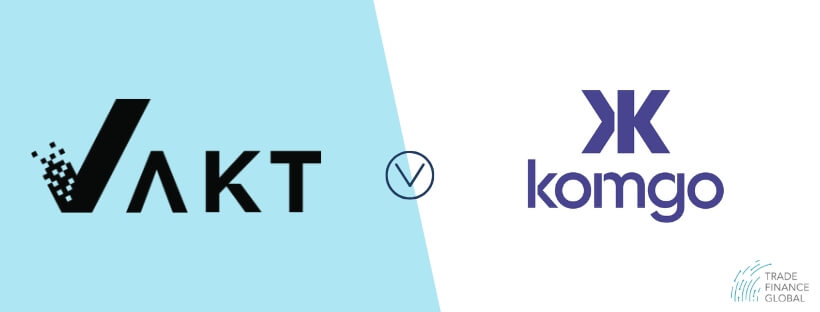
VAKT versus komgo
DP: Okay, very interesting. And what’s the relationship between VAKT and komgo?
SB: Today, komgo is two live blockchain based interoperable networks. You can open Letters of Credit on komgo, with data coming from a deal that has been confirmed on that side. So it’s a huge achievement, and obviously, to be able to build something, you need to have a very close collaboration between teams. We have been building this digital journey together over the two past years, and we have the same objective, which is to bring efficiency and security to the end users. We strongly believe that the cooperation between those two teams will help us overcome the complexity of this digital challenge for the industry.
DP: Understood. I feel like a bit of an investigator asking you to disclose all of the relationships you guys have!
SB: Well, it’s an important question, because here we’re contributing to a new ecosystem. And we really need to find ways to bring maximum added values to the users at the end of the day; that is what we’re trying to achieve.
Combating AML and counter-terrorism in commodity finance
DP: Yeah, user experience is absolutely key, I guess and yes, the critical parts of structured trade and commodity finance is the need to address compliance and regulatory issues around AML, KYC, counter terrorist financing, etc. So, how can komgo aid some of the compliance and regulatory processes and help address some of these real issues we see in the market today?
SB: You’re correct and I think that this is even more true in the commodity space, which is even more under scrutiny by the regulators, following the different fines that have occurred in this industry.
So, it’s one of the biggest pain points of the industry today, because every year you have to have more documents to perform the KYC requirements, and more controls. How we are trying to address this is to be able to give the user of the network easy access to digital data and digital documents. So today, when you connect to the komgo network to perform KYC between your company and another one, you have a unique source of trust, where you put your documents and you can push them to the network to any other user. It means that you only have to maintain one repository of documents, it’s always the same one that you can share on a need-to-know basis and an encrypted basis with any other user of the network. So the auditability and the immutability of the blockchain will allow users to reduce operational risks including fraud risk, which is a massive burden in your industry, because they know who has sent the document and that it is the same one. Obviously, this should ease all the regular regulatory requirements in the different companies in the industry.
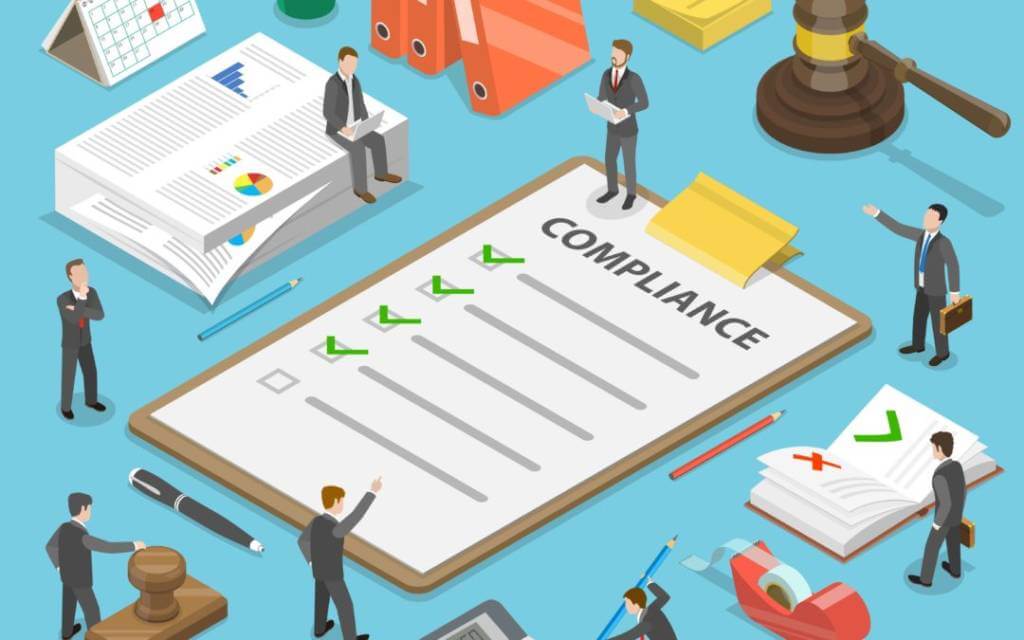
komgo: The decentralised network for commodity finance
DP: OK, that makes sense. I guess it’s a bit like an enterprise Dropbox for multi billion-dollar commodity finance transactions, which are the most secure?
SB: Well, not really, because as a company, as a network, we’re fully decentralised. We don’t have any central databases in the company. So every user keeps its document and only uses the network to share them. This is also a key value for this industry that is very much attached to privacy.
DP: OK, interesting. I’m going to bring up an issue that I find constantly within many networks and consortia here, which is, I guess, inevitable given that there is competition in the space. But we have many banks joining many different consortia, which are not necessarily interoperable. And yes, komgo addresses a very specific niche within the commodity space, but also trade and receivables across other platforms or the network so the other consortia will still be trading commodities under different consortia or different networks. How can we join the dots with regards to multi banks or different banks participating in the same trade finance deals? What are your thoughts on standardisation? Do we do we need a network of platforms? And how is komgo looking to help an individual producer or trader, who uses numerous banks which are all associated with different networks or Consortiums?
SB: It’s a kickoff, obviously, and we’re going to be driven by the user, because it brings massive added value to them.
We will invest resources and connect platforms where it makes sense to connect. Going back to your example on the producer, this is why we have chosen to remain in the commodity space, because you cannot apply a Letter of Credit design for trade finance to a commodity dealer – it is not sufficiently customised to master all the risks you take in a commodity transaction. By focusing on this commodity industry, we are bringing additional added value because we have customised the product for the industry.
So yes, openness for us is key, and creating an ecosystem is super key too. But obviously, we will connect to other platforms when it makes sense for the user as we did with VAKT, and we are currently in conversation with other platforms you mentioned.
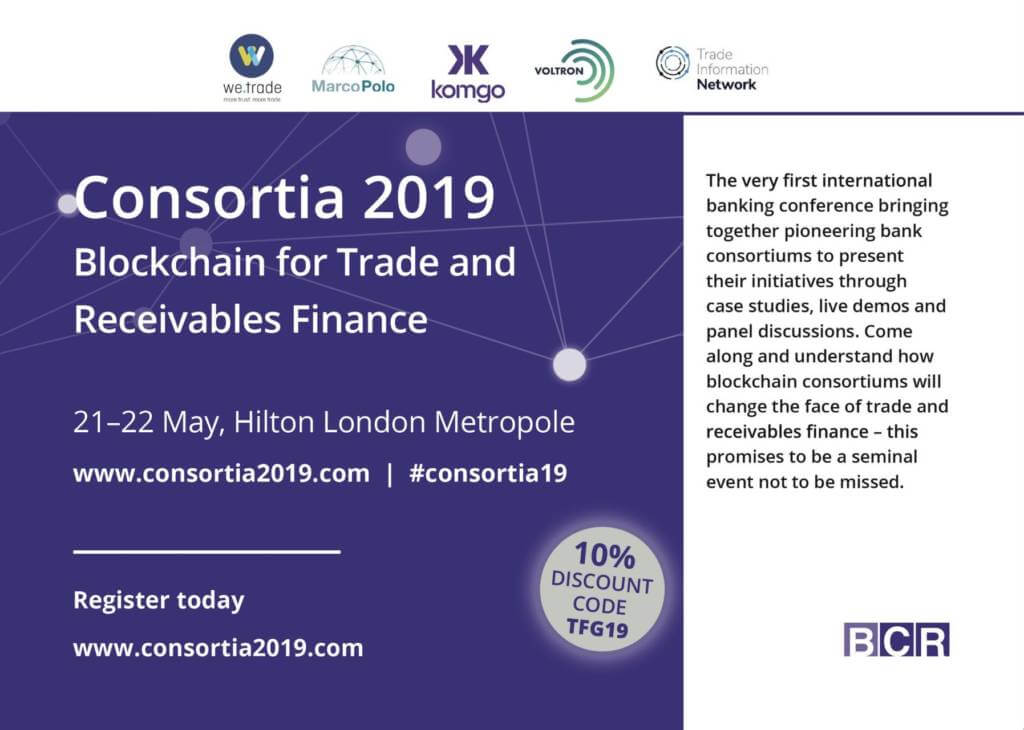
komgo fundrasing
DP: Great, thank you. And we heard towards the end of last year, komgo raised around 15 million US in a series A round what’s next for komgo?
SB: Last year, it was decided that we would begin working on our second fundraising. The ambition here is to continue growing. We have gone through the challenge of moving from a pilot to a production stage, and this goes with an additional governance and dedicated team who know how to manage releases with all those big names. We are now building the products and releasing more and more products over the course of the year, and we will be the only network offering so much product by the end of the year. We have very strong support from our shareholders who believe that it is going to be a game changer for the industry.
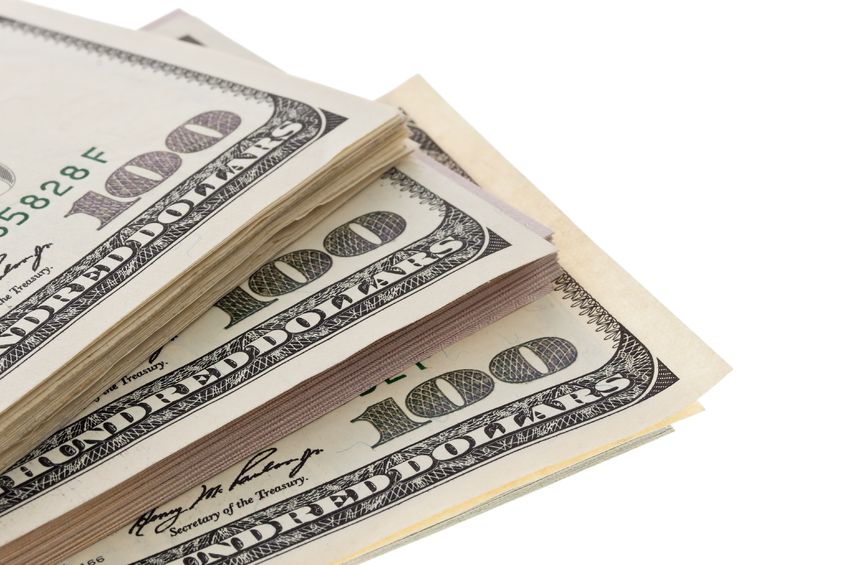
DP: Especially because there are so many different products that might be required, just to fund one transaction. So, it’s absolutely critical, in order for success that you guys release the ability to finance numerous structures very quickly. So, very exciting.
So, to summarise the key topics you’ve mentioned today, a lot of this is around openness, yet enabling privacy when required. I think the idea of user experience and customer focus is absolutely key. And then finally interoperability. And I guess the relationship between komgo and VAKT is very pertinent and important to consider there. I really like the laser focus of the company, which is specifically targeting commodity finance in specific structures within that market of the trade and receivables space and, as you said, accounts for around 25% of the industry. Thank you very much for joining us today on today’s podcast. And we really look forward to seeing you guys at Consortia 2019 in just a couple of weeks. We really appreciate your time joining us at Trade Finance Talks!
SB: Likewise, thank you very much. It was great speaking with you guys. Thank you.
